

There are just a few spaces left for in-person participation! DM for more information.
You can join us online via this Zoom registration link: eu02web.zoom-x.de/webinar/regi...


There are just a few spaces left for in-person participation! DM for more information.
You can join us online via this Zoom registration link: eu02web.zoom-x.de/webinar/regi...

www.gea.mpg.de/177655/the-e...

www.gea.mpg.de/177655/the-e...

www.gea.mpg.de/177655/the-e...

“Deep-time, large-scale perspectives on biodiversity and ecosystems: implications for biosphere stewardship in the Anthropocene.”
More information and link to register here: www.gea.mpg.de/168423/deep-...
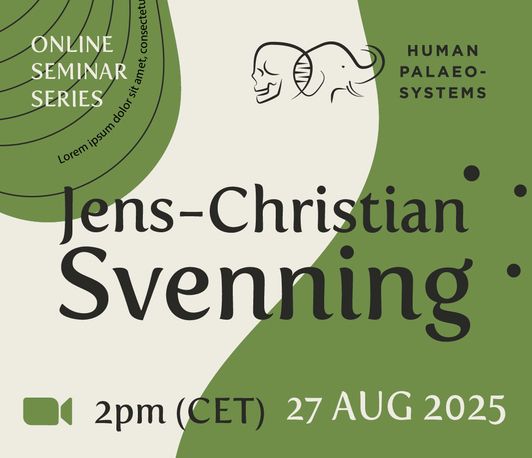
@eegcam.bsky.social @elliescerri.bsky.social @MPI_GEA
A new #prelight of Alejandra Leffer's group talks about the preprint by @margheritac17.bsky.social , and the team.

@eegcam.bsky.social @elliescerri.bsky.social @MPI_GEA
We present model-data comparisons of Late Quaternary climate across the Northern Hemisphere, showing that increasing model resolution has little net effect on coherence with pollen proxies 😊
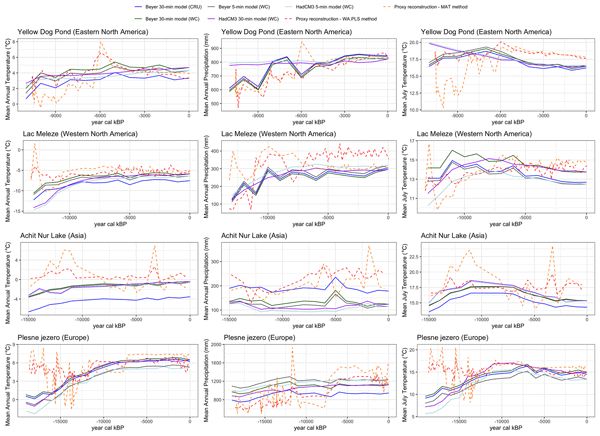
We present model-data comparisons of Late Quaternary climate across the Northern Hemisphere, showing that increasing model resolution has little net effect on coherence with pollen proxies 😊
We present model-data comparisons of Late Quaternary climate across the Northern Hemisphere, showing that increasing model resolution has little net effect on coherence with pollen proxies 😊


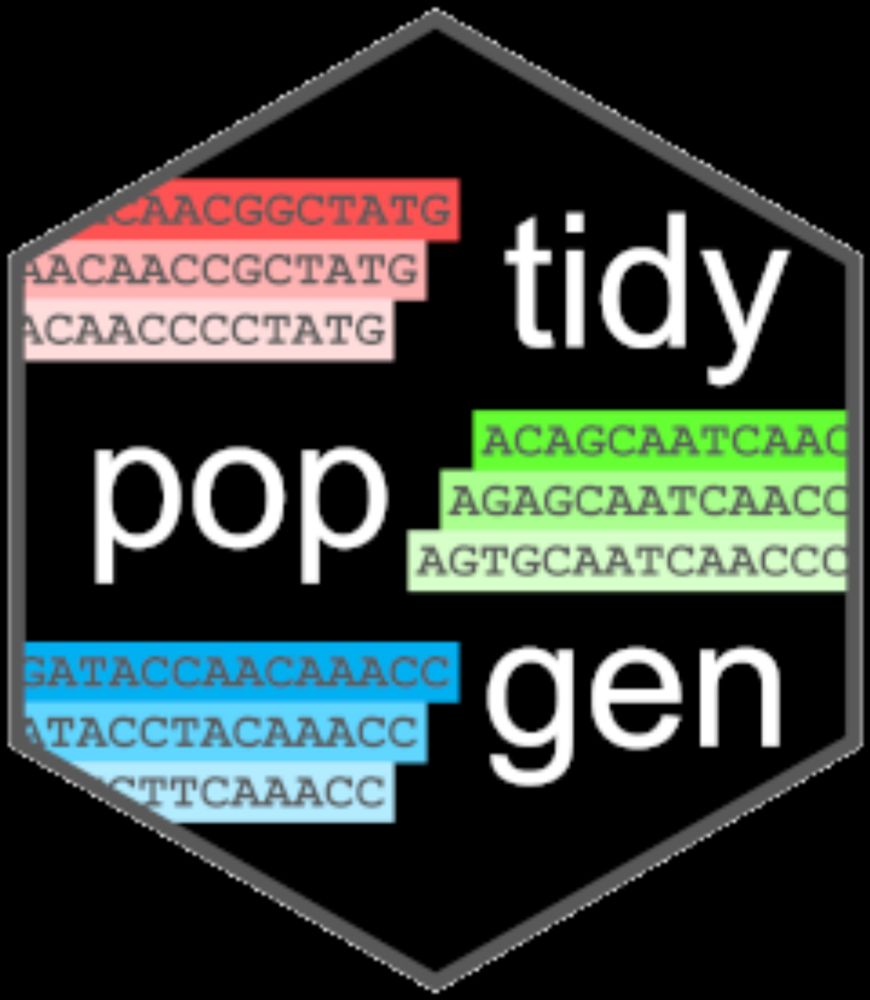
A huge expansion of the human niche in Africa ~70 kya likely equipped later #outofAfrica dispersals with a unique ecological flexibility.
www.nature.com/articles/s41...
led by Emily Hallett, @mikleonardi.bsky.social, Andrea Manica, @elliescerri.bsky.social 1/4
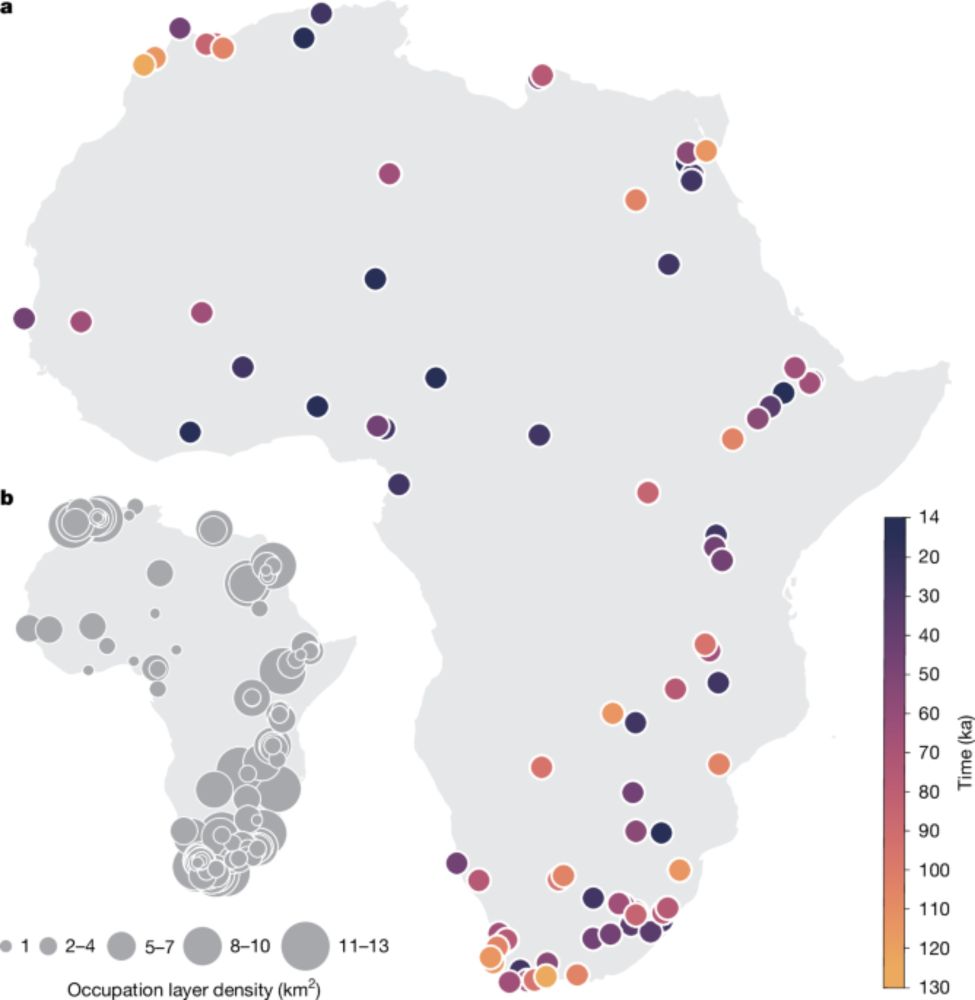
A huge expansion of the human niche in Africa ~70 kya likely equipped later #outofAfrica dispersals with a unique ecological flexibility.
www.nature.com/articles/s41...
led by Emily Hallett, @mikleonardi.bsky.social, Andrea Manica, @elliescerri.bsky.social 1/4
Flexibility to survive in deserts to rainforests enabled their successful spread ‘Out of Africa’.
Find out more about the study co-led by Andrea Manica @eegcam.bsky.social 👇
bit.ly/4e6i9H7

Flexibility to survive in deserts to rainforests enabled their successful spread ‘Out of Africa’.
Find out more about the study co-led by Andrea Manica @eegcam.bsky.social 👇
bit.ly/4e6i9H7
Huge expansion of the human #niche in Africa ~70kya likely equipped later #outofAfrica dispersals with unique ecological flexibility
co-led with Emily Hallett @eegcam.bsky.social & @elliescerri.bsky.social
#prehistory #humanevolution #paleoecology #SDM

Huge expansion of the human #niche in Africa ~70kya likely equipped later #outofAfrica dispersals with unique ecological flexibility
co-led with Emily Hallett @eegcam.bsky.social & @elliescerri.bsky.social
#prehistory #humanevolution #paleoecology #SDM
www.nature.com/articles/s41...
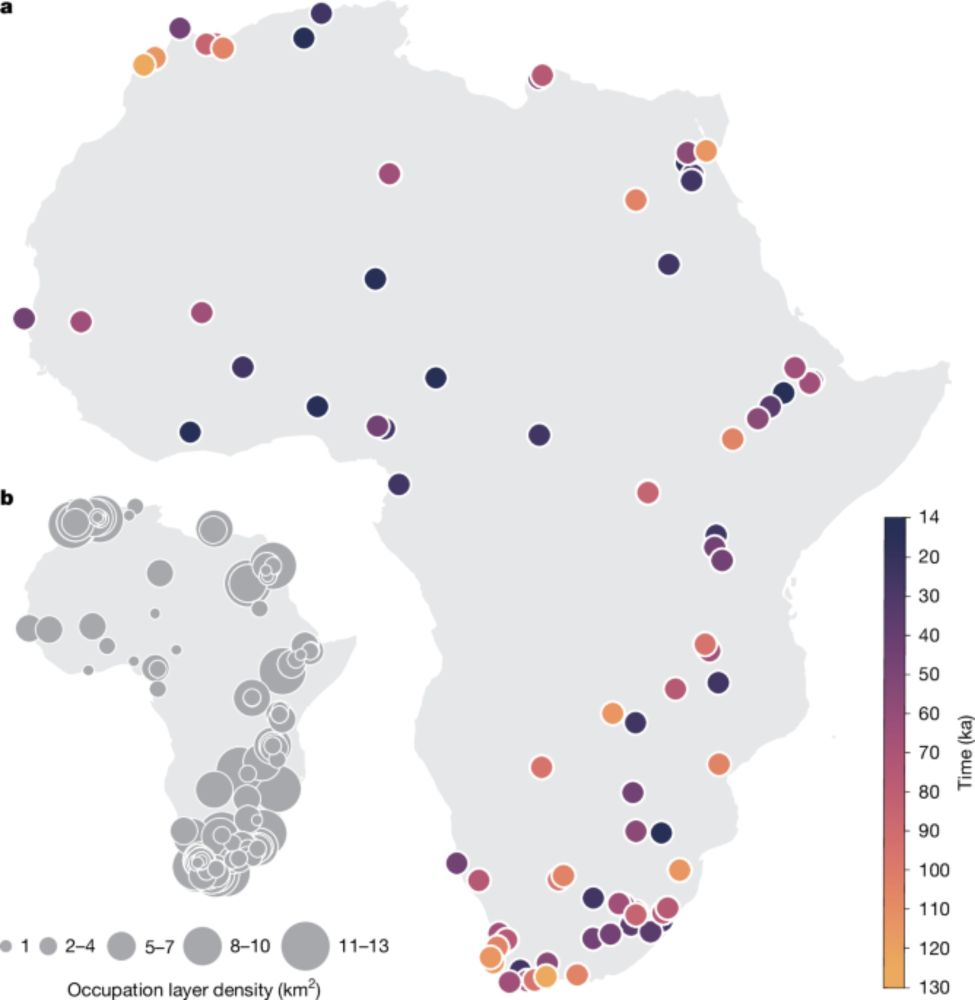
www.nature.com/articles/s41...

So happy for everyone involved!!👏
A huge expansion of the human niche in Africa ~70 kya likely equipped later #outofAfrica dispersals with a unique ecological flexibility.
www.nature.com/articles/s41...
led by Emily Hallett, @mikleonardi.bsky.social, Andrea Manica, @elliescerri.bsky.social 1/4

So happy for everyone involved!!👏


Main findings and paper below: 🧵⬇️
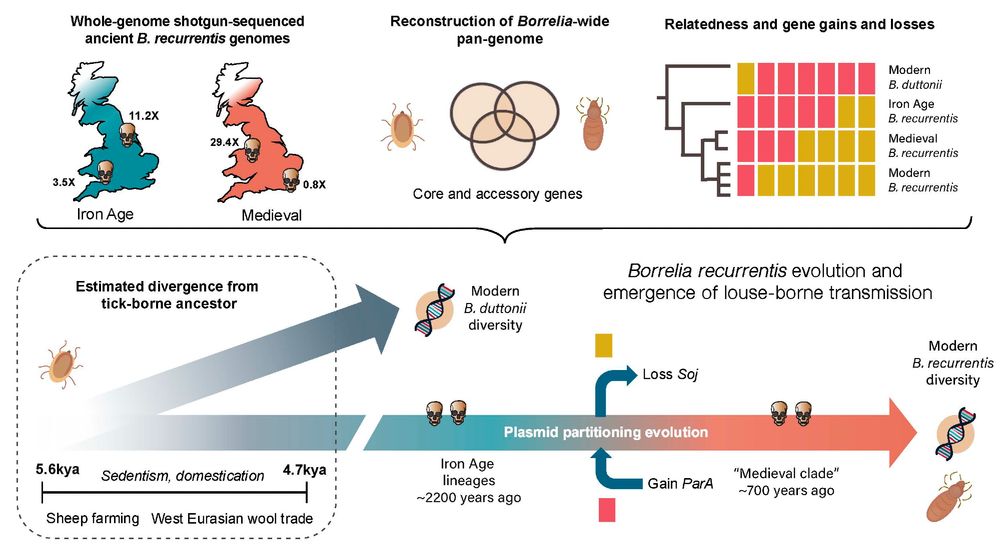
Main findings and paper below: 🧵⬇️
www.science.org/doi/10.1126/...
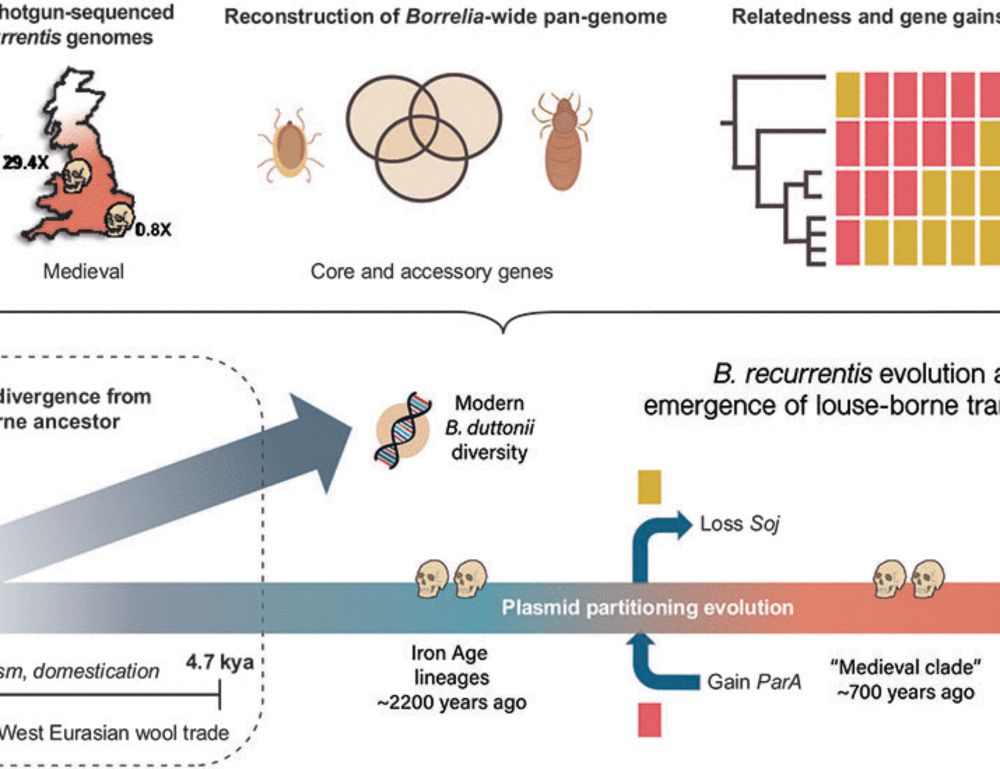
www.science.org/doi/10.1126/...

Among other VIPs (=very important publications), it includes our recent paper on Luca Cavalli-Sforza's legacy on #humanevolution 💀🧬
With @margheritac17.bsky.social Jason Hogdson, @chrisbstringer.bsky.social and @elliescerri.bsky.social
Among other VIPs (=very important publications), it includes our recent paper on Luca Cavalli-Sforza's legacy on #humanevolution 💀🧬
With @margheritac17.bsky.social Jason Hogdson, @chrisbstringer.bsky.social and @elliescerri.bsky.social

